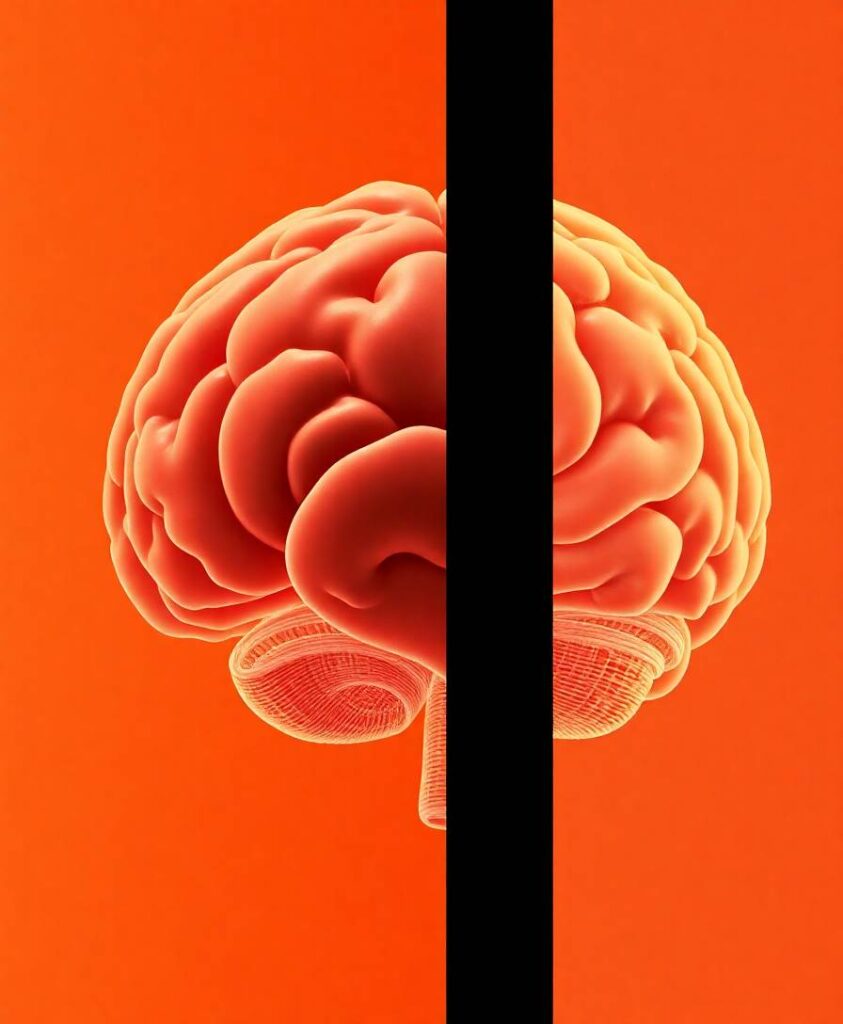Thinking about commitment as a set of control mechanisms helps explain everyday differences: why some intentions fizzle while others become reliable habits, and why teamwork can feel effortless or strained. These mechanisms include how we represent goals in the mind, how incentives shape effort, and how signals from partners stabilize expectations. When these pieces line up, individuals and groups can achieve complex cooperative tasks that would be impossible alone.

This topic matters because commitment supports learning, workplace collaboration, caregiving, and civic life. Understanding the underlying mechanisms opens paths to design environments, tools, and policies that strengthen follow-through and inclusion. Read the full article to explore hypotheses about how these control systems interact and what that means for expanding human potential in schools, communities, and teams.
Abstract
The sense of commitment directs us toward our goals, shielding us from distractions and temptations, and thereby facilitates a wide range of cooperative activities and institutions characteristic of our species. Building upon recent research, this paper identifies cognitive, motivational, and social factors that elicit or enhance the sense of commitment. It surveys studies on cognitive and motivational mechanisms, including control mechanisms, that may support the sense of commitment. This research is organised into a framework that enables us to relate these distinct mechanisms to one another. It also allows us to formulate novel hypotheses about how these mechanisms may interact to help us stay on course toward our goals
.


